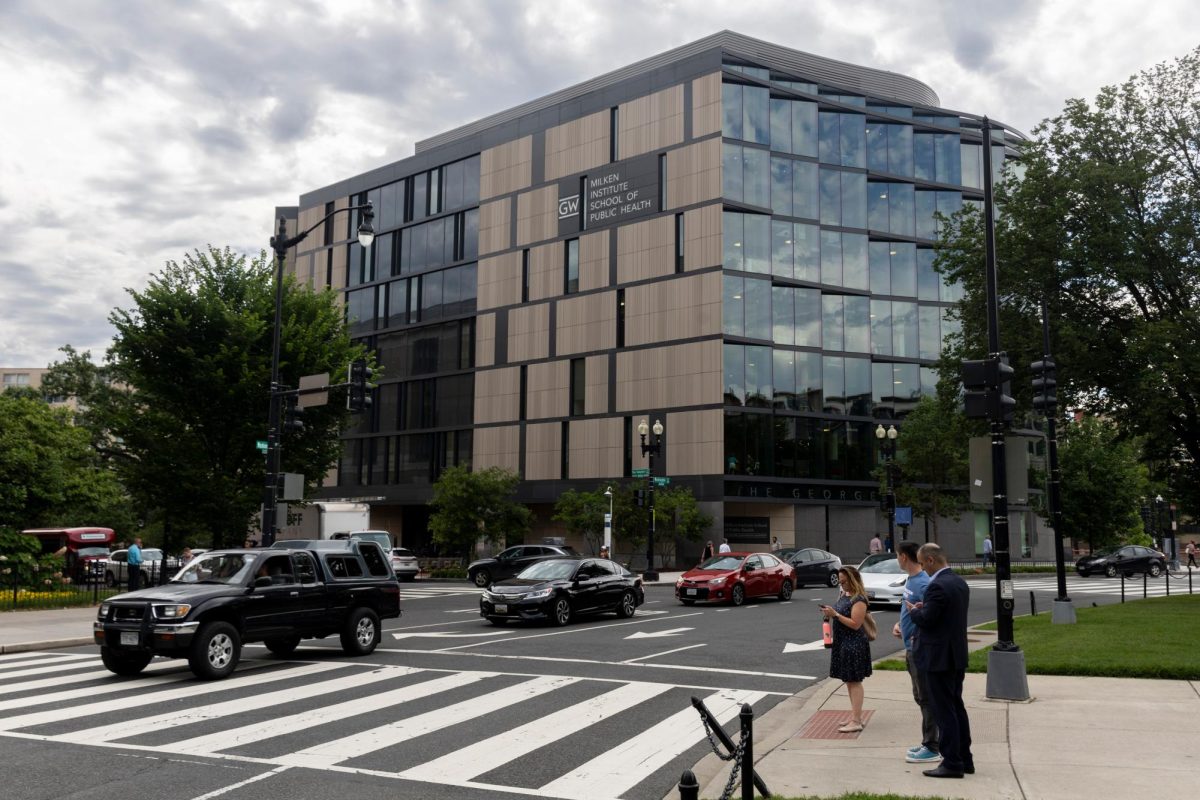Road trips are a highly regarded tradition at universities across the country, and GW is no exception.
The ageless ritual, recently popularized by the summer blockbuster movie Road Trip, is accessible to budget-minded students looking for adventure and great stories to tell friends back home.
What makes the traditional road trip so popular among college students is its simplicity – the only requirements include a car, some friends, a little bit of money and enthusiasm for an adventure.
“The freedom of being able to go wherever you want whenever you want with a car full of friends is what makes a road trip so exciting and worthwhile,” said freshman Charita Sinha, who took a road trip last summer to Montreal.
A road trip allows travelers to plan their own route and destination, rather than having to rely on travel agents to book a flight and hotel. Some travelers take to the highway even before deciding their ultimate destination.
Students worried about getting lost on the open road have travel safety options. The Auto Club of America creates personalized trip routes for members who know where they want to go, but are unsure how to get there. The organization also offers a service that provides members with 24-hour roadside assistance, giving a sense of security to students traveling through unknown territory.
Louisa Moore, creator of the On the Road Web site, said a successful road trip costs as little as $500. But Moore suggests travelers take up to $1,000, in case for unforeseen costs, such as mechanical problems.
There are 11 main routes that allow travelers to see and explore the best of the country, according to the Road Trip USA Web site.
Route 66, or the “mother road” is the most popular route for road warriors because it travels through the heart of middle America and offers a diverse cross-section of Americana that eventually reaches the West Coast at Los Angeles. This route is easily accessible from the East Coast. US-50, which originates in D.C. offers a direct route to the starting point of Route 66 in Chicago.
Another popular and easily accessible route for GW students is the I-95 corridor, which hugs the East Coast and leads from D.C. directly to Miami, Fla., with many stops in major East Coast cities, such as Savannah, Ga. and Jacksonville, Fla.



